Summit Place Mall was a massive retail center in Waterford Township, Michigan, built in 1962 and first known as Pontiac Mall.
At its peak, the mall was more than 1.4 million square feet. There were over 200 stores, including major anchors such as Hudson's, Sears, JCPenney, Montgomery Ward, Service Merchandise, and Kohl's.
The mall had one main level, but some anchor stores had up to three floors.
The mall was at Telegraph and Elizabeth Lake roads and attracted shoppers from throughout Oakland County.
A food court and extra shops were added to the mall in the late 1980s.
As tenants left and competition increased in the late 1990s, the mall's business dropped.
It closed in 2014, was removed by 2019, and the property is now for business use.
Foundations of Michigan's First Enclosed Mall (1961-1971)
Summit Place Mall began as Pontiac Mall. It opened on May 10, 1962, following Montgomery Ward's launch of its store there three months earlier.
A Kroger supermarket had started operating nearby in 1961.
When it opened, the mall had 42 tenants and covered 500,000 square feet. It was the first enclosed shopping mall in Michigan.
A Cunningham Drug, Kresge dime store, and a budget-format Hudson's were among the original stores.
Hudson's at Pontiac Mall sold clothing and home goods, but did not offer furniture or appliances.
That changed in later years when it became a full-line location.
The structure was developed by A&W Management and designed by A. Arnold Agree.
More than 120 sculptural pieces were installed throughout the concourses.
The design used wide walkways and plain tile floors. Montgomery Ward and Hudson's sat at opposite ends of the main corridor.
There were no water features, elevators, or escalators in the core space.
In 1972, Sears opened a building adjacent to the mall, which was 181,900 square feet in size.
It wasn't initially connected to the main structure. That same year, an elephant that had been used in the film Elephant Walk was buried on site.
No interior expansion occurred during this period. The space remained largely as built for more than a decade.
Expansions, Renovation, and Rebranding (1983-1989)
Renovation plans were announced in 1983. Ramco-Gershenson allocated $1 million to update the interior of Summit Place Mall.
The renovation brought updated store fronts, new floors, new ceiling panels, and cosmetic improvements for both Montgomery Ward and Hudson's.
Cunningham Drug had closed by then, and Foot Locker and Kinney Shoes moved to new storefronts.
The changes also brought in The Limited, Casual Corner, Circus World, Musicland, Gap, and B. Dalton.
The mall was renamed Summit Place Mall following the renovations.
The new identity was used in marketing and signage. The next round of expansion started in 1987.
That project included a Service Merchandise showroom and a MainStreet department store, which was soon acquired by Kohl's.
The new wing added a central food court called Picnic Place. The food court consisted of grouped fast-food counters and seating areas under skylights.
In 1988, JCPenney opened at the mall, replacing its store in Bloomfield Township.
A connecting corridor was built to link the mall to the previously freestanding Sears.
These changes increased total space to over 1.4 million square feet. The number of tenants peaked at around 200.
Challenges Begin: Late 1990s Tenant Losses (1998-2001)
In 1998, Great Lakes Crossing Outlets opened in Auburn Hills. That year marked the beginning of heavy tenant movement away from Summit Place Mall.
Larger national retailers started signing leases at the newer location.
The newer development offered entertainment and outlet retail under the same roof.
Several stores at Summit Place have started to shut down or relocate.
Service Merchandise shut down its location at the mall in 1999. The chain filed for bankruptcy.
Montgomery Ward followed in 2001 after its corporate collapse. Both anchors left large darkened spaces at the ends of major corridors.
The smaller stores near those anchors also began closing soon after.
Walkway traffic declined in those wings. Many storefronts were empty but stayed unchanged for years.
Hudson's underwent a full remodel in 2000. The walls were repainted, and the fixtures were changed out.
In 2001, the store was renamed Marshall Field's as part of a rebranding by the parent company.
No major changes were made to the rest of the mall that year. The areas near Service Merchandise and Montgomery Ward grew quieter.
Directory maps remained up, but many of the marked tenants had disappeared.
Management did not remove closed store signage immediately. Some closed stores kept their shutters down for months.
Ownership Change and Failed Revival Plans (2002-2006)
In 2002, General Growth Properties sold Summit Place Mall to Namco Financial.
The California-based firm announced plans to rename the property Festivals of Waterford.
The proposal on the table aims to change the mall's purpose, introducing a family entertainment focus with an indoor play area, a $20 million waterpark, and new hallway layouts.
The waterpark was to occupy the former Montgomery Ward building. In December 2002, a children's play area opened inside the mall.
The waterpark project was dropped when local officials chose not to fund it.
Waterford Township determined the projected revenue would not support the debt.
Marketing signs displayed the proposed Festivals of Waterford name, but it never officially replaced Summit Place.
No new anchor stores were added during Namco's ownership. The food court remained open, but with shorter hours.
Inline occupancy continued to fall. Fewer people came to the mall.
No external redevelopment permits were filed during this period. Only minor and short-term updates were made inside.
Final Decline and Vacancy (2007-2014)
Macy's took over for Marshall Field's in September 2006 as part of a broader corporate change.
No interior work was done beyond swapping the nameplates.
In 2007, Waterford Township reviewed the possibility of forming a Corridor Improvement Authority.
The goal was to evaluate future uses for the mall property.
By the end of 2008, nearly all tenants in the food court had left. The children's play area closed too.
Kohl's, added in the 1980s expansion, closed on March 12, 2009. At that point, the mall was 96 percent vacant.
On September 10, 2009, Summit Place Mall officially closed its interior walkways.
Three anchor stores, Sears, Macy's, and JCPenney, remained open, each with its own entrance.
This arrangement lasted less than a year. JCPenney and Macy's closed in March 2010, following the issuance of closure notices in January.
Sears continued operating for another four years. In September 2014, Sears announced it would close.
On December 7, 2014, the store shut down permanently.
The next day, Waterford Township put the property on its list of dangerous buildings.
The structure was sealed but not demolished. SD Capital LLC, listed as the owner, was directed to either rehabilitate or remove the building.
Demolition and Reuse: Oakland County Business Center (2018-2025)
In September 2018, ARi-El Enterprises, a Southfield-based real estate firm, acquired the Summit Place Mall property.
The site had remained fenced and inactive for 2 years. Demolition started in May 2019.
The process removed the full structure, including all former anchors and inline corridors.
The land was cleared and graded. By 2021, the property was being marketed as the Oakland County Business Center.
The name appeared on leasing brochures and local commercial listings.
The property spans approximately 70 acres and is designated for industrial and employment purposes.
The site kept its utility lines and road access.
On January 22, 2024, Waterford Township approved a zoning change affecting about 55.7 acres, moving them from C-4 to M-2 General Industrial.
The land along Telegraph and Elizabeth Lake Roads kept its retail zoning.
In May 2024, another zoning change made a 1.67-acre parcel at 330 Summit Dr part of the M-2 zone.
The site is included in the township's employment growth plan.
Part of the property became the DTE Waterford Service Center when construction was approved by township officials in 2022.
The opening was held in early 2024 with both DTE and county officials in attendance.
On its 21 acres, the property has bays for maintenance, room for outdoor storage, and parking for service vehicles.
It is currently home to local electric and gas crews.
🌻

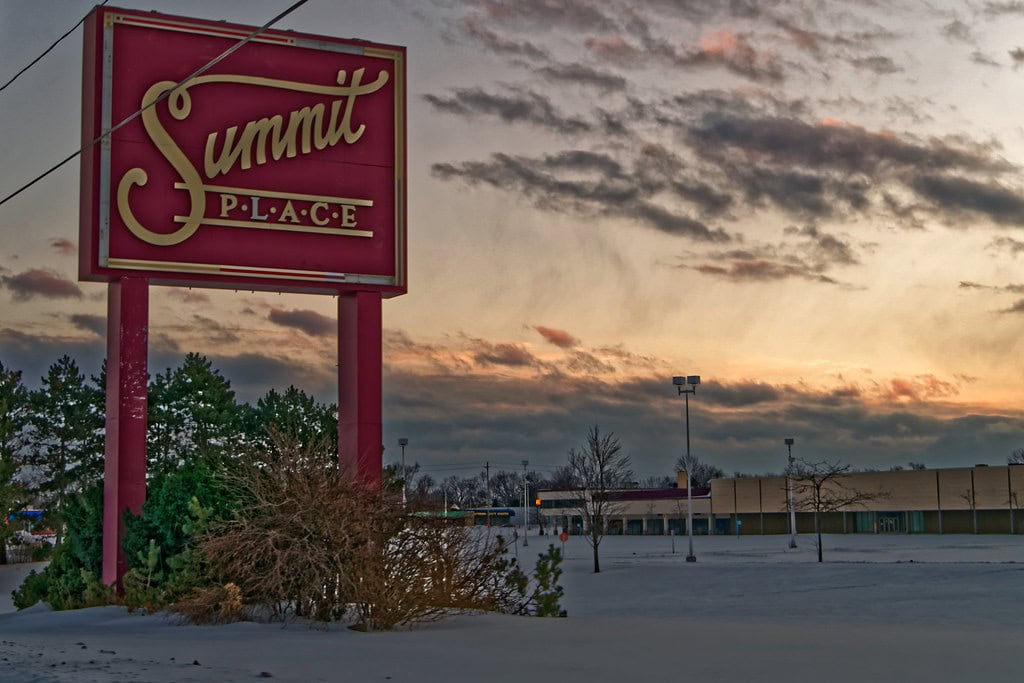
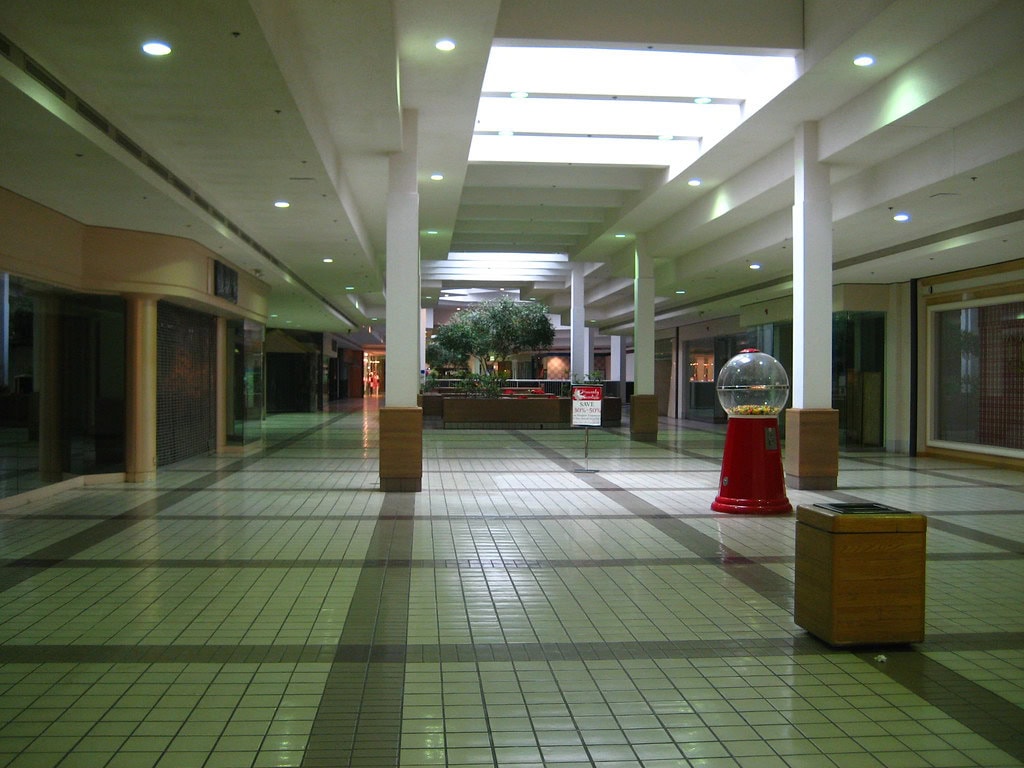
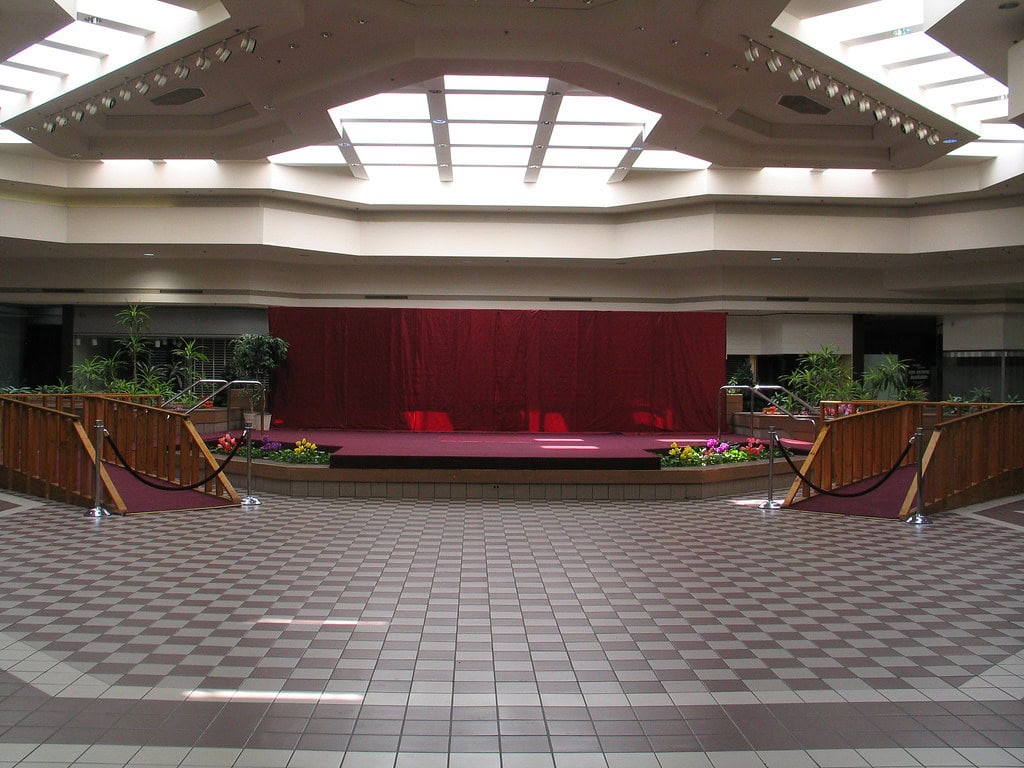

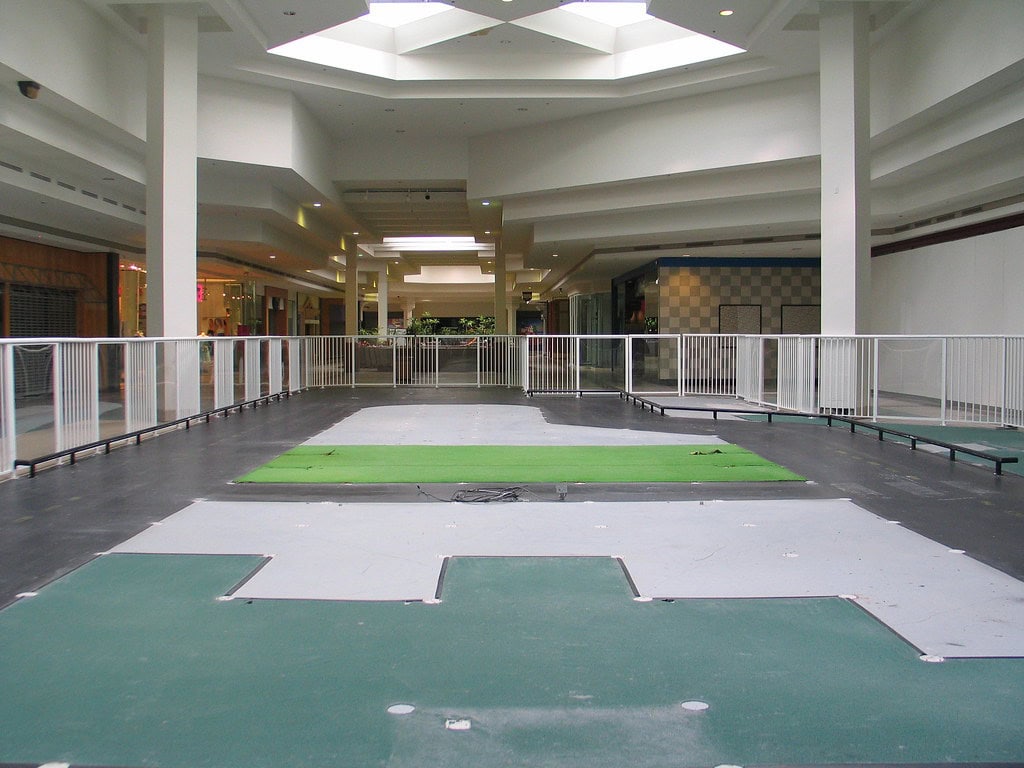
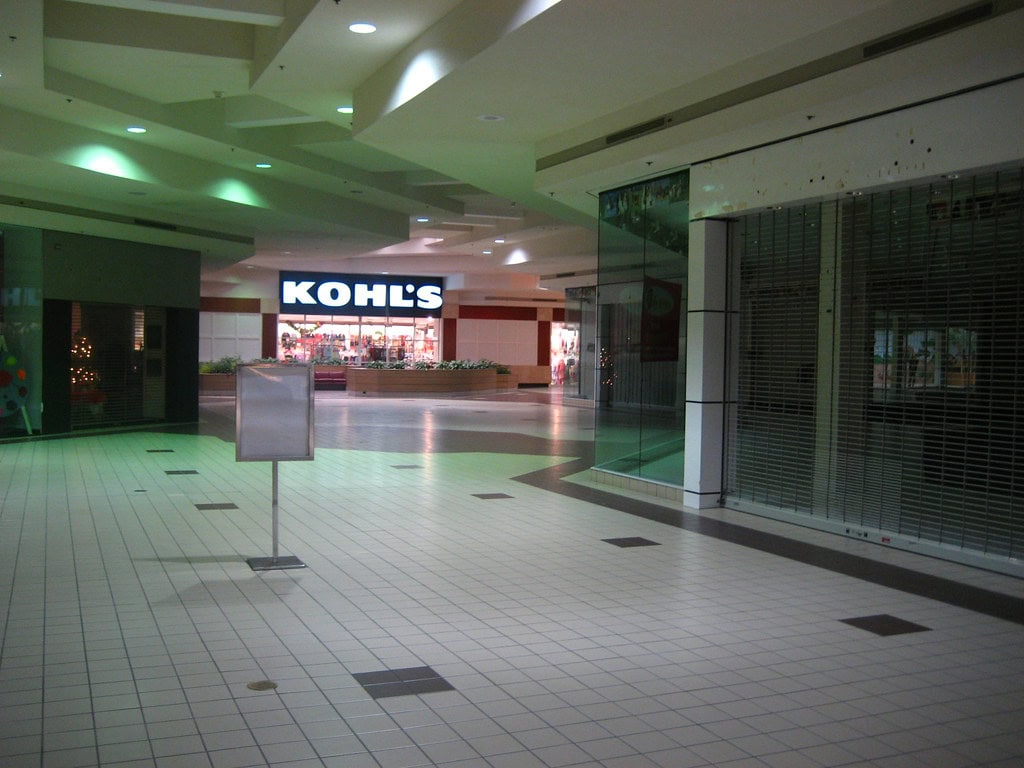
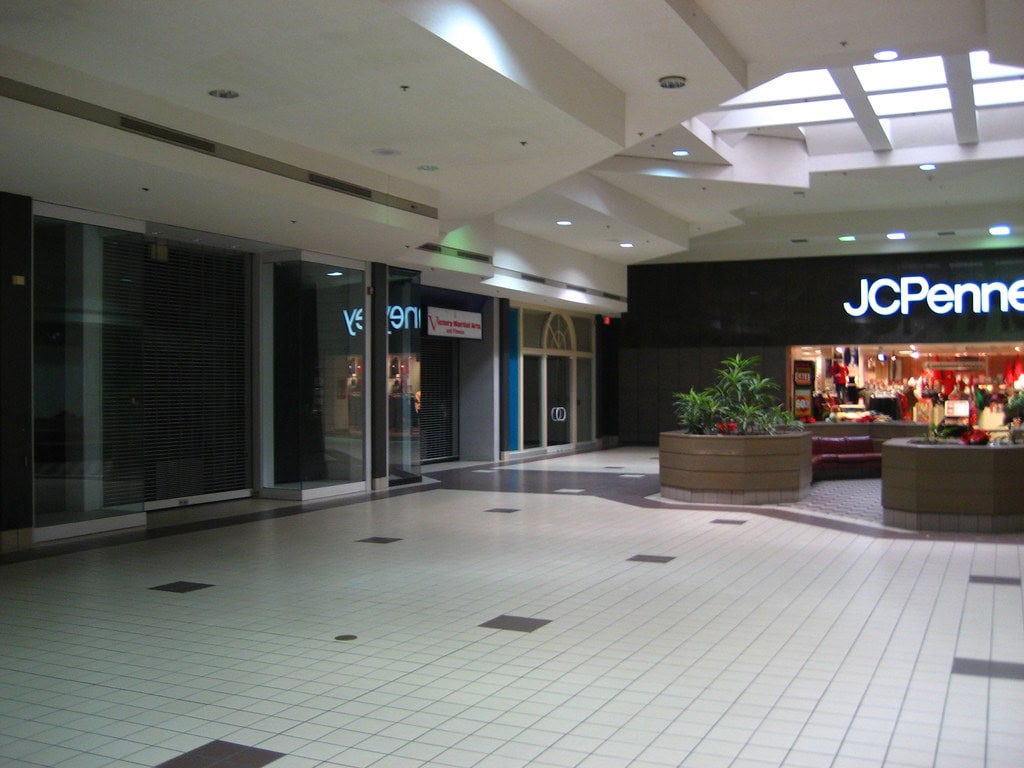
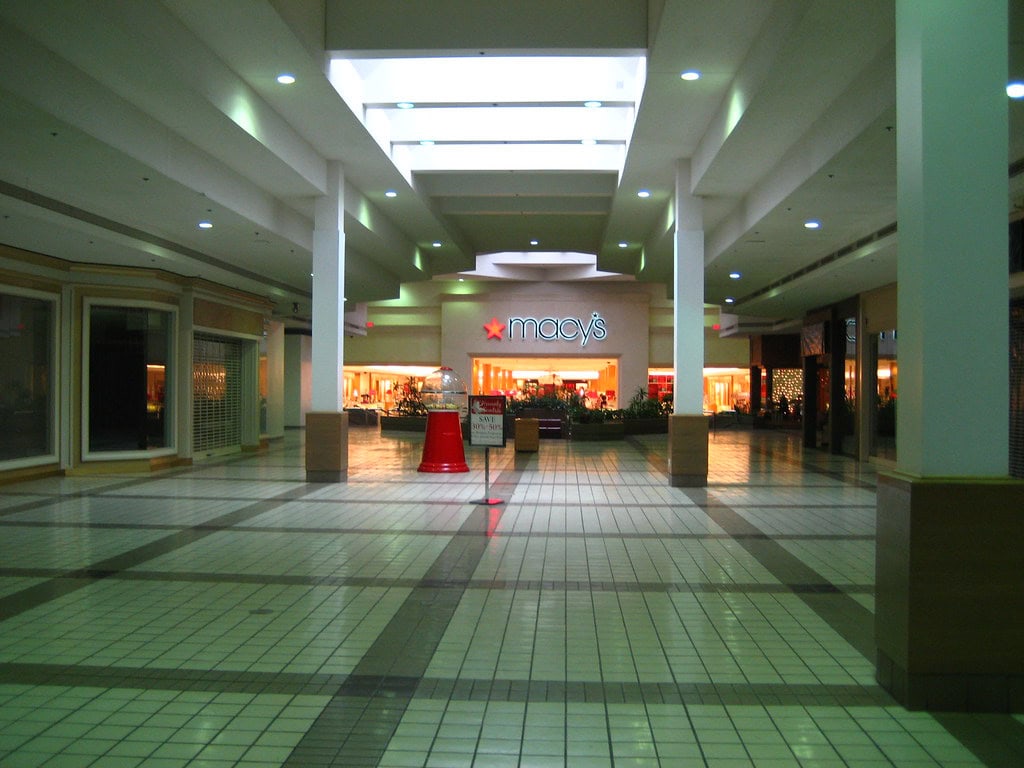
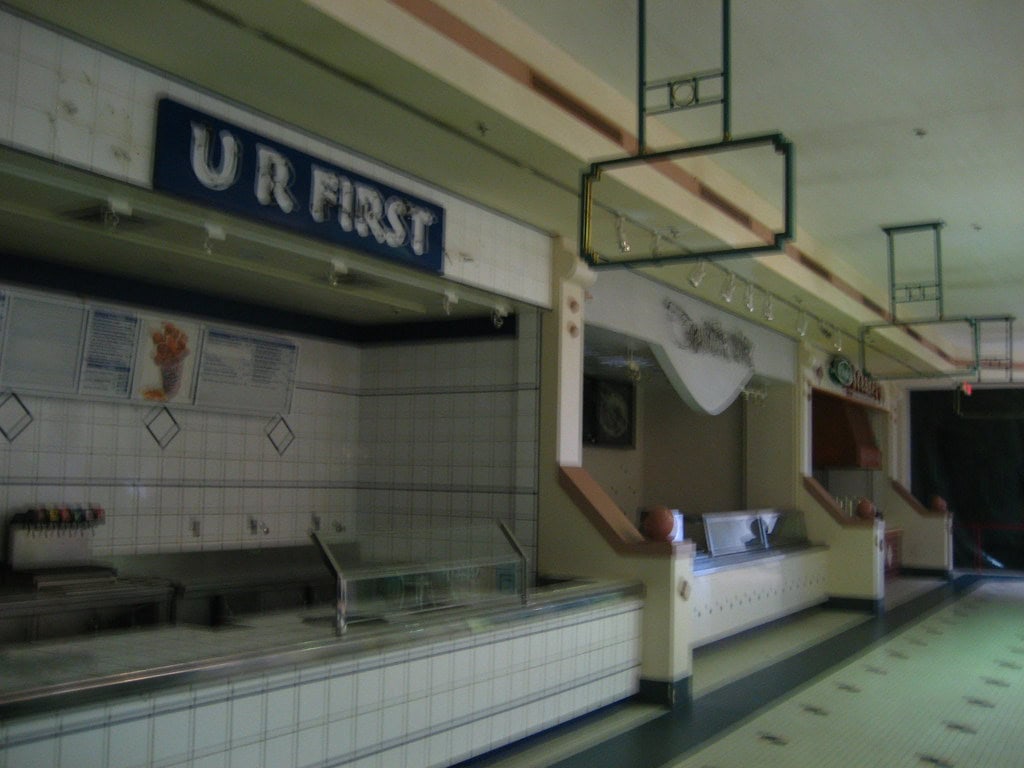
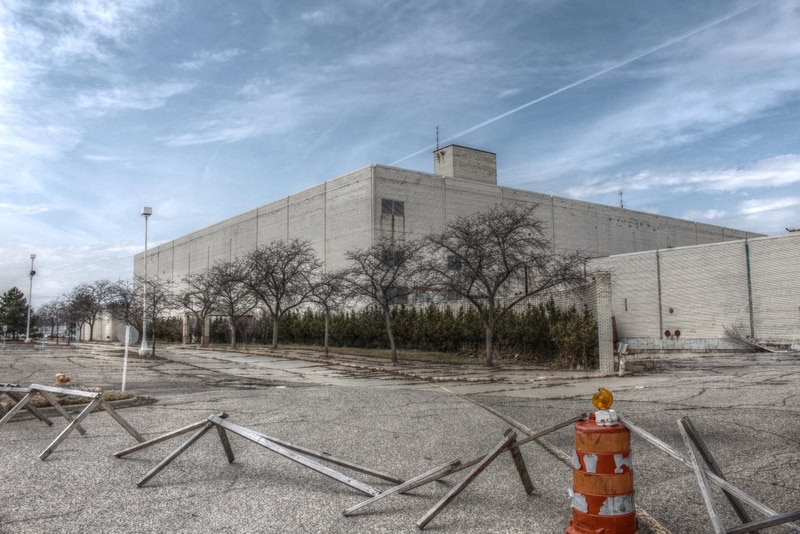

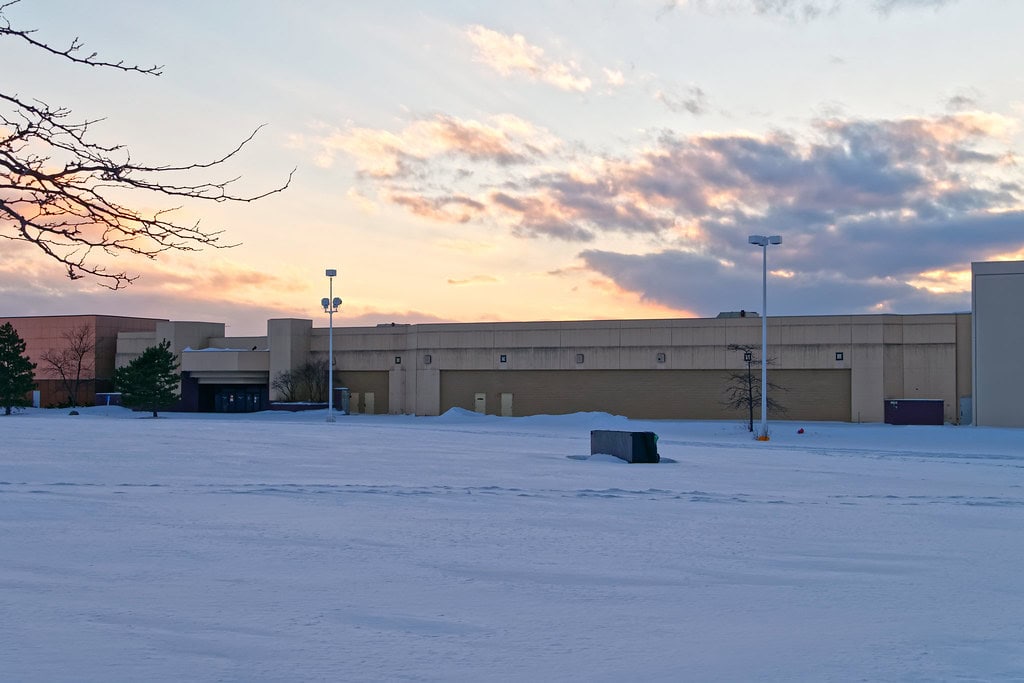
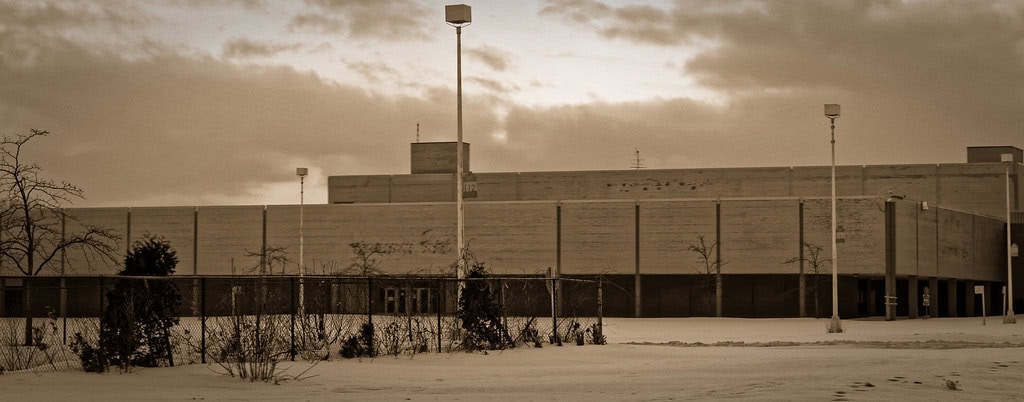

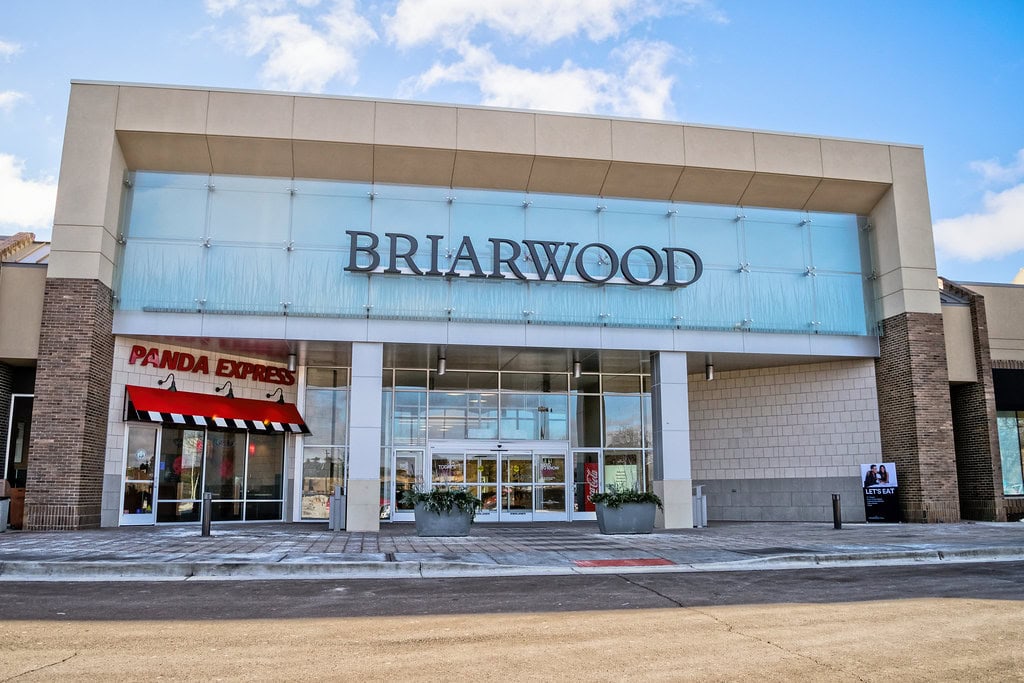

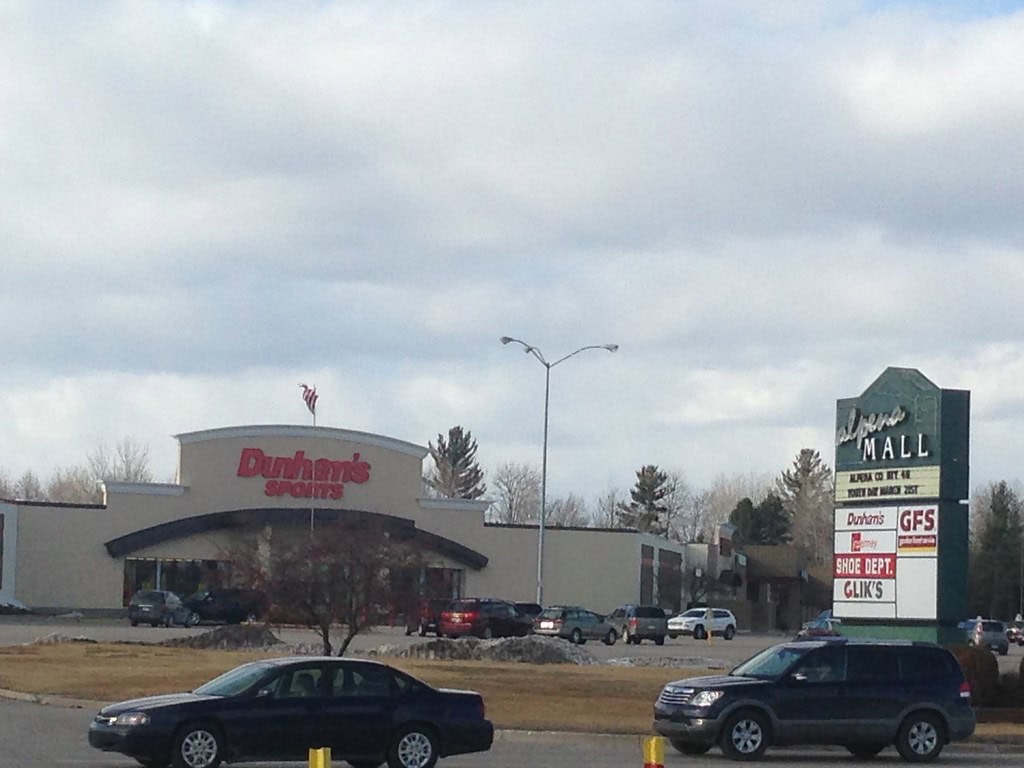

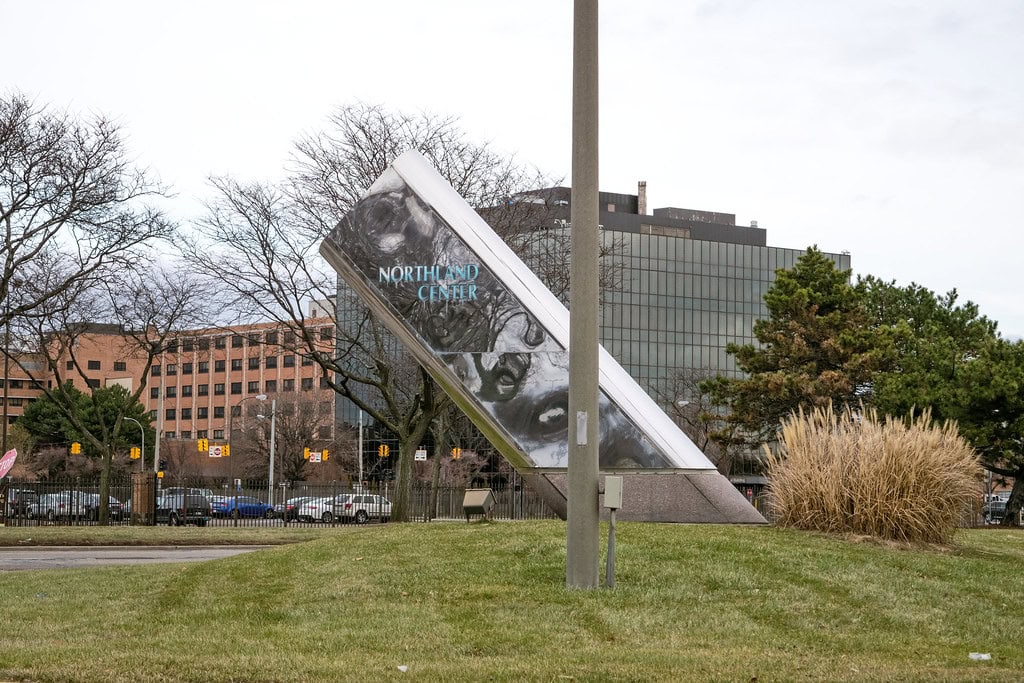

I remember the summit place mall like yesterday.It was a great place gone but never forgotten. great memories
Even though the Summit Place mall is no longer around, it clearly had a special place in many people's hearts. There's something nostalgic and bittersweet about reminiscing on past experiences at a place that no longer exists. Who knows, perhaps there will be new developments or initiatives that pay homage to the mall's legacy and history.
I will always remember summit place Mall My first job was at Sears shipping and receiving 😀
Thank you for your memories of Summit Place Mall! Your first job at Sears is a memory to treasure.
I remember hanging out with my friends there all the time. Meeting up at the food court and shopping in Clare’s or the many other stores and little kiosks that would grab our attention. Like the necklace with the piece of rice that had your name written on it. So many fun times I had there.
Thank you for sharing your memories of Summit Place Mall. It's always wonderful to reminisce about the places that shaped youth, like the unique kiosks and Clare's. Those small details really made it special.
We loved taking our kids to play in the play structure when they were toddlers back in the early 2000's. I think we even had one of our son's birthday parties there. Good memories of Summit Place Mall
Thank you for sharing your fond memories of Summit Place Mall. It’s wonderful to hear how it played a part in family moments, like your son’s birthday. Such memories make these places special.